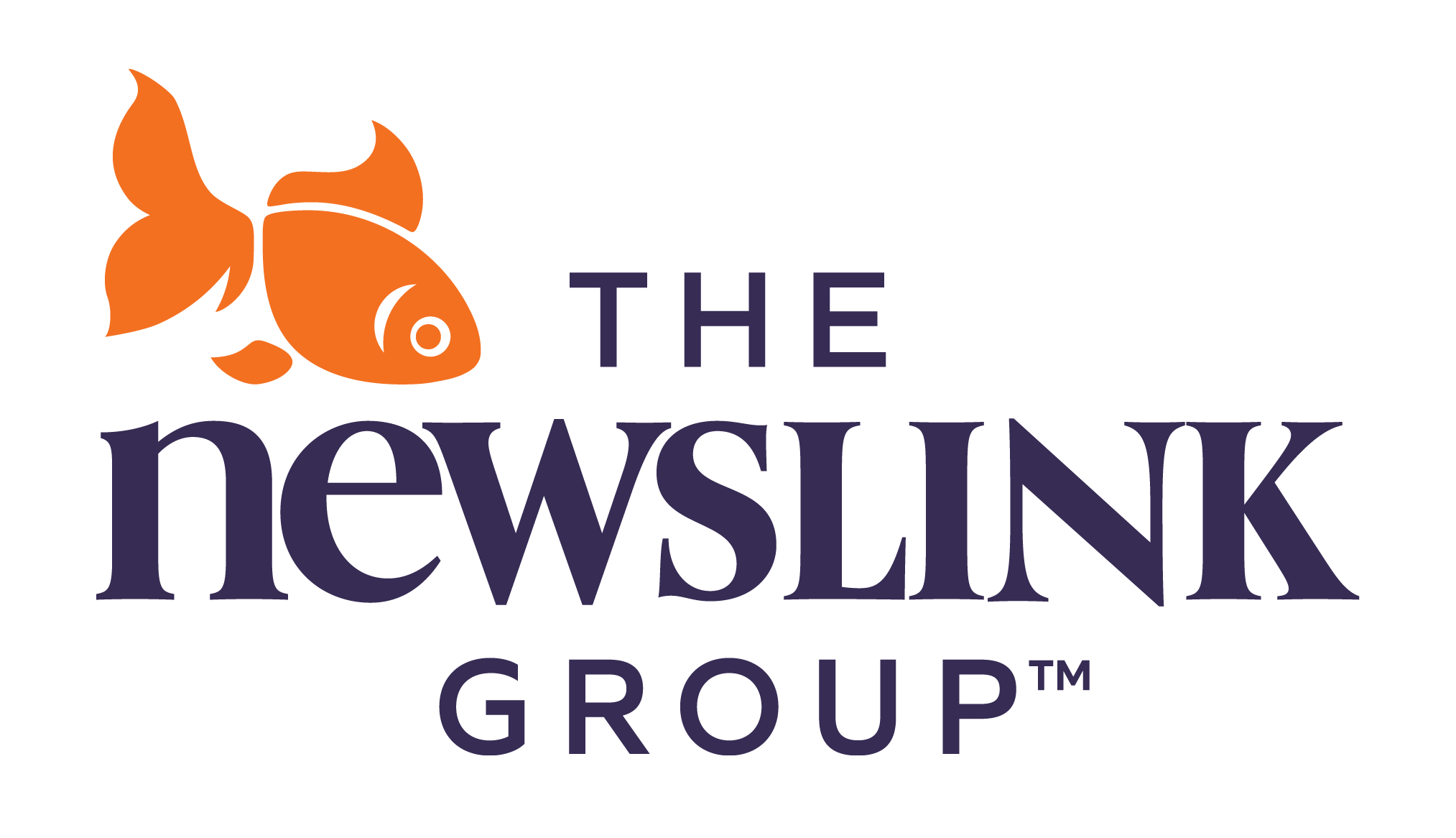According to a study done in 2000, humans had an attention span of twelve seconds — only 33% longer than a goldfish at nine seconds. That was 20 years ago. Recently, Microsoft announced that the average person’s attention span is now less than a goldfish at a mere 8 seconds.
Of course, the internet lit up in response, and many notable and indignant people questioned the basis of the study, the interpretation of the research, and so on. After all, who wants to think that a goldfish can focus on something longer than we can? And as a segue, what does a goldfish focus on anyway?
The reality of the situation is this: numbers, if tortured long enough, will admit to anything. We know — based on reasonable science and studies that we have a sensory overload problem. Research shows that that our senses are bombarded with over 11 million bits of data every second and the average person’s working memory can handle 40-50 bits, max. That means we ignore 10,999,950 bits of data every second we are awake.
So what’s the takeway? We think that there’s a lot to be said for bringing opportunities for engagement directly to the members.
The print experience is much more relaxed and focused. When we read a printed magazine or newspaper, we aren’t distracted by a constant flow of other media vying for the limited attention span we apparently have.
Moreover, when reading magazines and newspapers, we’re not intentionally searching for specific information, which is almost always the case with digital. The information flows more organically. Print makes a difference when it comes to conveying important information and print does it faster — both are positives when it comes to engaging association members.
Download our Goldfish Presentation







